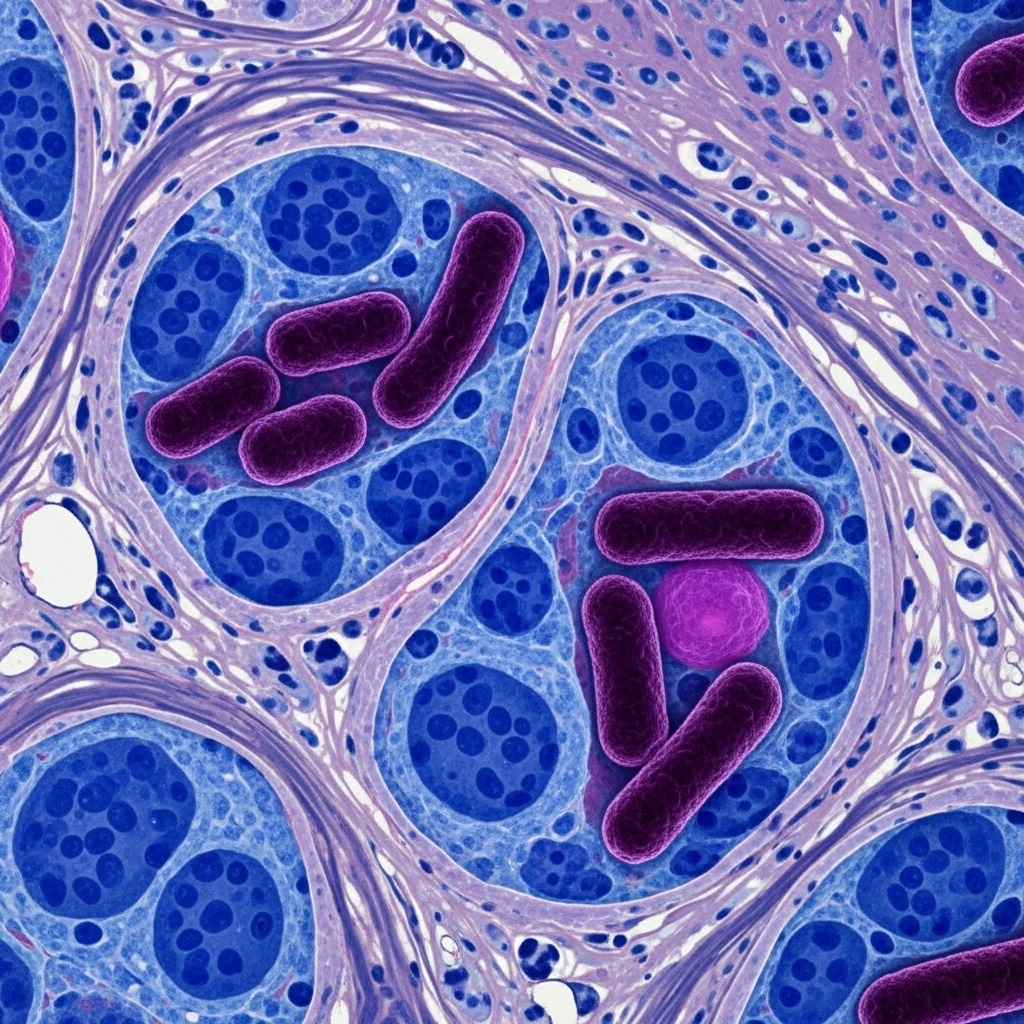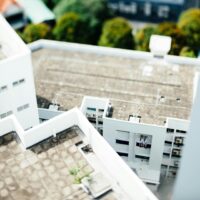
Legionnaires’ Disease
An escalating outbreak of Legionnaires’ disease in New York City’s Harlem neighborhood has raised significant public health concerns, with officials confirming a growing number of cases and two fatalities. Since the first case was identified in late July, the cluster has expanded, prompting the NYC Department of Health to issue urgent warnings and begin a thorough investigation. As residents seek to understand the nature of this severe respiratory illness, this article breaks down what Legionnaires’ disease is, the specific details of the Harlem outbreak, and crucial steps individuals can take to protect themselves and their families.
What is Legionnaires’ Disease? The Medical and Environmental Context
Often mistaken for a common cold or flu, Legionnaires’ disease is a serious form of pneumonia caused by a type of bacteria known as Legionella. The disease is not contagious and does not spread from person to person. Instead, it is contracted when a person inhales small droplets of water, or mist, that are contaminated with the bacteria. This is why outbreaks are almost always linked to human-made water systems where the bacteria can grow and multiply.
How the Disease Spreads and Common Sources
The Legionella bacteria thrives in warm water environments, specifically in temperatures between 77°F and 113°F (25°C-45°C). While naturally occurring in freshwater sources like lakes and streams, it becomes a health threat when it enters and grows within building water systems. Common sources of contamination include:
- Cooling Towers: These are structures containing water and fans that are part of centralized air-cooling systems for large buildings. They are a common source of outbreaks if not properly maintained.
- Hot Tubs and Spas: If the water is not properly disinfected and maintained, hot tubs can become a breeding ground for the bacteria.
- Decorative Fountains and Water Features: Public water features can aerosolize contaminated water, spreading the bacteria over a wide area.
- Large Plumbing Systems: Complex plumbing systems, especially in older buildings, hospitals, and hotels, can harbor the bacteria.
- Humidifiers and Respiratory Equipment: Devices that create a fine mist can spread the bacteria if they are filled with contaminated water.
Symptoms and Risk Factors to be Aware Of
Symptoms of Legionnaires’ disease are similar to other types of pneumonia and typically appear within 2 to 14 days after exposure to the bacteria. They can include:
- High fever and chills
- Cough (which may be dry or produce phlegm)
- Shortness of breath
- Muscle aches and headaches
- In some cases, gastrointestinal symptoms like nausea, vomiting, or diarrhea
- Neurological symptoms like confusion and disorientation
While anyone can get sick, certain individuals are at a much higher risk of developing a severe or even fatal illness. These high-risk groups include:
- People aged 50 or older
- Current or former smokers
- Individuals with chronic lung disease (such as COPD or emphysema)
- People with weakened immune systems due to conditions like cancer, diabetes, or HIV
- Those with underlying medical conditions such as kidney or liver disease
Tracking the Harlem Outbreak: A Public Health Response
The current legionnaires disease Harlem outbreak was first detected in late July in the central Harlem area, prompting a swift response from the NYC Department of Health. The number of diagnosed cases has rapidly grown to at least 58, with two confirmed fatalities as of the latest reports. The affected areas span several ZIP codes, including 10027, 10030, 10035, 10037, and 10039.
The Investigation and Remediation Efforts
Following the initial reports, the city’s health department launched a thorough investigation into the source of the outbreak. Inspectors began sampling and testing all operable cooling towers in the affected area. This is a critical step, as these systems are often the source of community-wide outbreaks. Health officials have confirmed that they have identified 11 cooling towers that tested positive for the Legionella bacteria. All building owners were immediately ordered to begin remediation, a process that includes cleaning and disinfecting the towers within 24 hours to eliminate the bacterial source.
Crucially, officials have reassured residents that the city’s drinking water supply is not connected to the outbreak, and it remains safe to drink, bathe, shower, and cook with tap water.
Prevention: How to Reduce Your Risk
Since Legionnaires’ disease can be life-threatening, especially for those in high-risk categories, prevention is the best defense. The key is to control the growth of Legionella bacteria in water systems.
For Building Managers and Owners:
- Implement a Water Management Program: The CDC recommends that building owners and managers develop a comprehensive plan to monitor and maintain all water systems, including cooling towers, hot water heaters, and large plumbing systems.
- Regular Cleaning and Disinfection: Cooling towers should be cleaned and disinfected at least twice a year, as well as before initial startup for the cooling season.
- Maintain Proper Temperatures: Hot water systems should be kept above 140°F (60°C) and cold water systems below 68°F (20°C) to prevent bacterial growth.
For Residents and the Public:
- Clean Household Water Devices: Regularly clean and disinfect devices like hot tubs, humidifiers, and showerheads that can harbor bacteria.
- Be Aware of Symptoms: If you live or work in the affected areas and experience flu-like symptoms, particularly a cough or fever, contact a healthcare provider immediately. Early treatment with antibiotics is highly effective.
- Stay Informed: Follow the guidance and updates from the NYC Department of Health to stay aware of the situation and any new recommendations.
Frequently Asked Questions About Legionnaires’ Disease
- Is Legionnaires’ disease contagious? No, it is not spread from person to person. It is only contracted by inhaling contaminated water vapor.
- What is the treatment for Legionnaires’ disease? The disease is treated with antibiotics. Early diagnosis and treatment are essential for a good prognosis, especially for high-risk individuals.
- How is it diagnosed? Diagnosis typically involves a urine test or a sputum culture to detect the presence of Legionella bacteria. A chest X-ray can also show signs of pneumonia.
- Can home AC units spread the disease? No. Standard home air conditioning units do not use water to cool the air, so they do not pose a risk for bacterial growth and spread.
Conclusion: A Call for Vigilance and Prevention
The ongoing Legionnaires’ disease outbreak in Harlem is a stark reminder of the hidden dangers that can lurk in our urban infrastructure. While the number of cases is a concern, the proactive response from the NYC Department of Health, including the mandated cleanup of contaminated cooling towers, demonstrates a concerted effort to contain the spread. By understanding the meaning of Legionnaires’ disease, its symptoms, and how to prevent it, residents can take informed steps to protect themselves. The most important takeaways are to seek immediate medical attention if symptoms appear, especially if you are in a high-risk group, and to remain aware of public health advisories as the situation develops.








